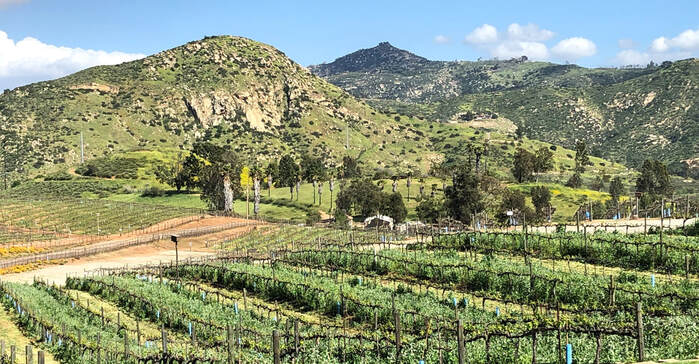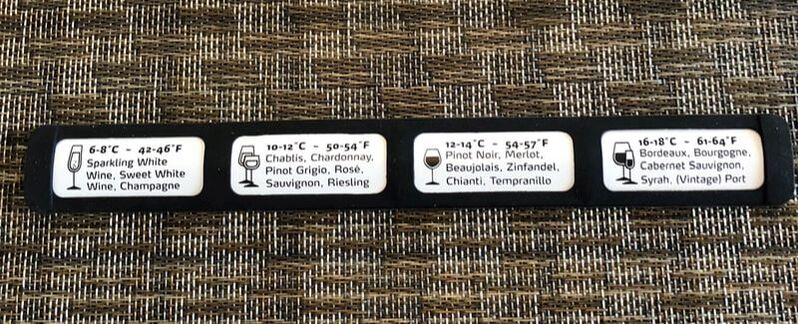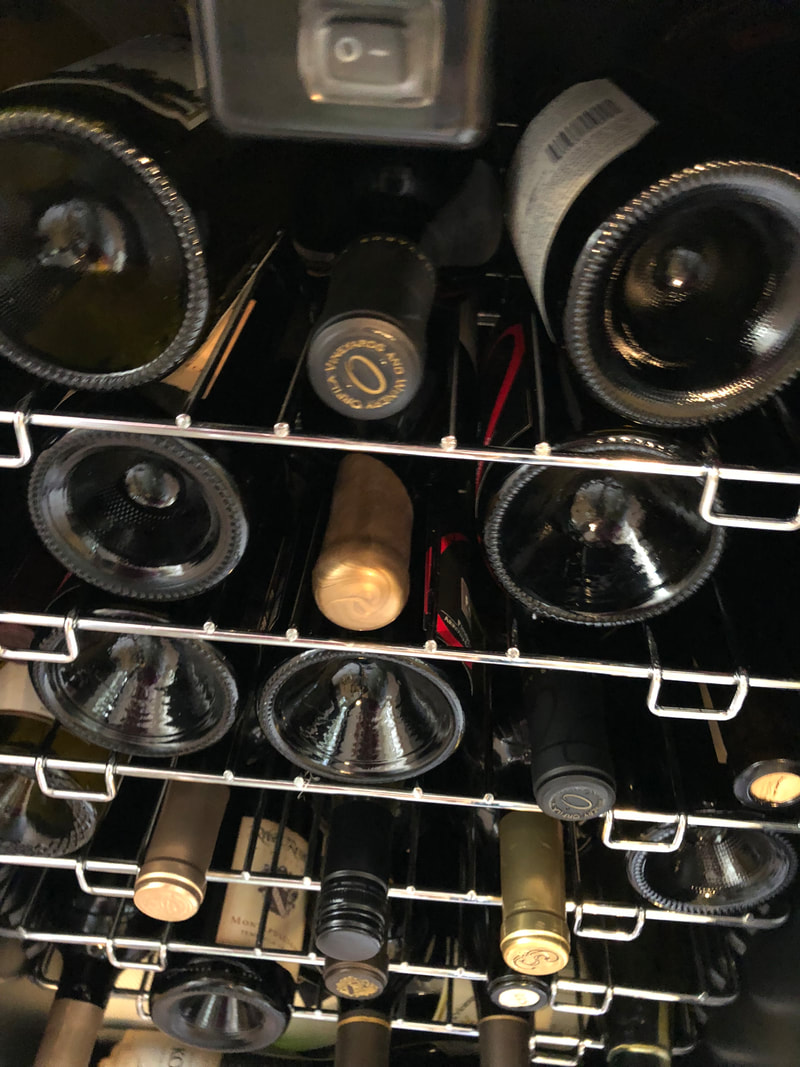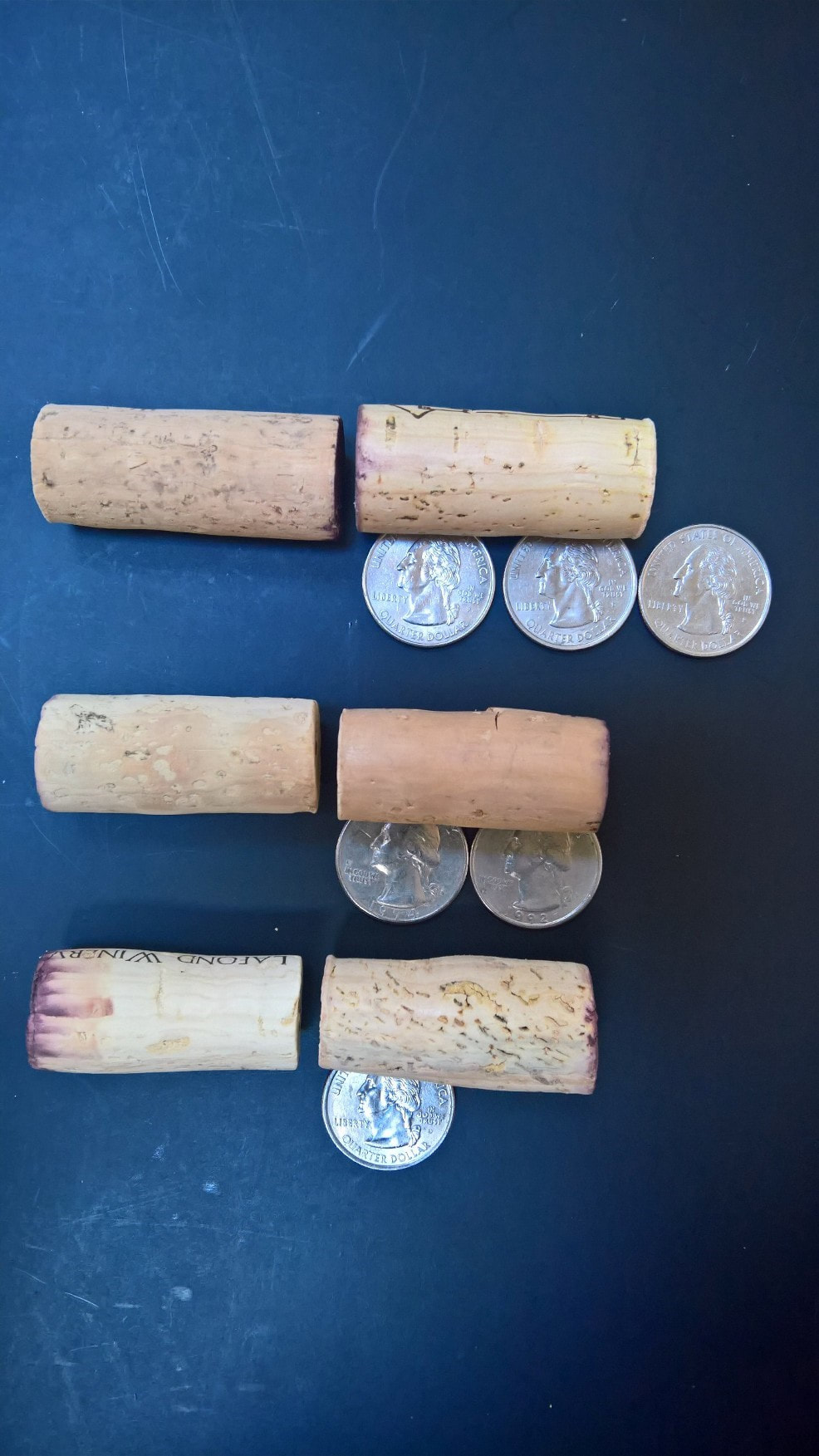• WINE wine Wine wINE•
SOUTHERN CALIFORNIA WINERY REVIEW
Southern California has become a great place to go wine tasting! Great wines, great wineries -- and great people! This website is dedicated to bringing you the best info on wineries in San Diego and Riverside counties -- and a few other places as well. Enjoy!
Chateau 55 Wine Storage Facility
Get first month free and 5% discount per month for first 11 months by mentioning our name when signing up.
Get first month free and 5% discount per month for first 11 months by mentioning our name when signing up.
Latest Blog
Best winery we visited on the first day of the barrel tasting was Moshin Vineyards. See post below.
Best winery we visited on the first day of the barrel tasting was Moshin Vineyards. See post below.




 RSS Feed
RSS Feed